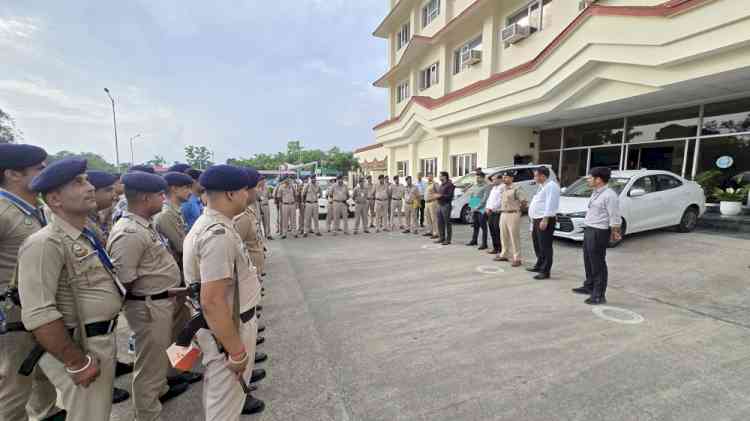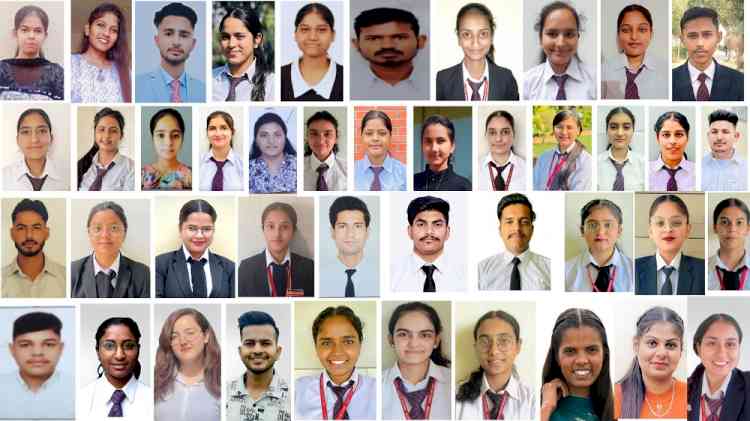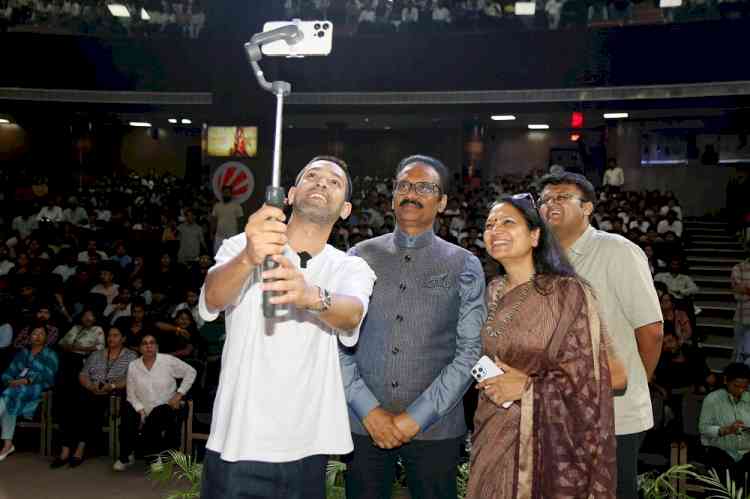Dharamsala's Journey Toward Becoming a Smart City: The Stray Animal Challenge
Dharamsala, a charming town nestled in the foothills of Himachal Pradesh, is rapidly progressing toward becoming a smart city, with several initiatives aimed at enhancing infrastructure, liveability, and cleanliness. One of the most notable projects in this effort has been the introduction of an efficient door-to-door waste collection system, which has significantly improved the city’s cleanliness, marking a key step toward achieving smart city standards.

Dharamsala, a charming town nestled in the foothills of Himachal Pradesh, is rapidly progressing toward becoming a smart city, with several initiatives aimed at enhancing infrastructure, liveability, and cleanliness. One of the most notable projects in this effort has been the introduction of an efficient door-to-door waste collection system, which has significantly improved the city’s cleanliness, marking a key step toward achieving smart city standards.
However, a major hurdle continues to challenge these efforts—the growing population of stray animals, particularly dogs, cows, and monkeys. These animals roam freely across the city, negating the gains made by the cleanliness drives and slowing Dharamsala’s journey toward becoming a model of urban sustainability. Despite past government-led sterilization campaigns, the population of stray animals—especially monkeys—has unexpectedly risen.
The problems caused by stray animals are extensive. Stray dogs and cows often rummage through garbage, spreading waste even after it has been carefully collected. Additionally, monkeys present a unique challenge. In large numbers, they disrupt daily life by damaging property, raiding kitchen gardens, and destroying fruit trees. These monkeys not only threaten the livelihoods of residents but also pose direct risks to public safety, particularly to children. The increasing number of monkey bite cases is a growing cause for concern.
This situation undermines the efforts of the cleanliness drive, as maintaining a clean and hygienic environment becomes nearly impossible when stray animals continually interfere in public spaces. As a result, the smart city initiatives, no matter how well-intended, struggle to achieve long-term success.
To truly make Dharamsala a successful smart city, addressing the stray animal issue must be a top priority for local authorities. A comprehensive, humane approach is essential—one that includes expanding sterilization programs to control the animal population more effectively. In addition, creating dedicated shelters and sanctuaries for stray animals, particularly monkeys and cows, would offer a sustainable solution to their unchecked presence on the streets.
These efforts would not only align with the vision of a smart city but also enhance the quality of life for Dharamsala’s residents. By ensuring a cleaner, safer, and more organized urban environment, the city would become a more attractive destination for both locals and tourists. Moreover, integrating animal care into the city’s urban planning would position Dharamsala as a leader in smart city innovation, addressing challenges unique to its environment.
In conclusion, making Dharamsala free from the disruptions caused by stray and wild animals is critical to realizing its full potential as one of India’s top smart cities. A renewed focus on this issue, with a reasonable portion of the smart city project’s budget allocated to curbing the stray animal problem, will enable the city to balance modern development with environmental sustainability, creating a cleaner, safer, and more prosperous urban space for all.
It is high time that concerned authorities and the administration seriously consider this pressing issue and take proactive steps to ensure that Dharamsala’s smart city vision is not compromised by the growing stray animal population.
(The Author is a Dharamshala-based Senior Journalist)


 Arvind Sharma
Arvind Sharma 









